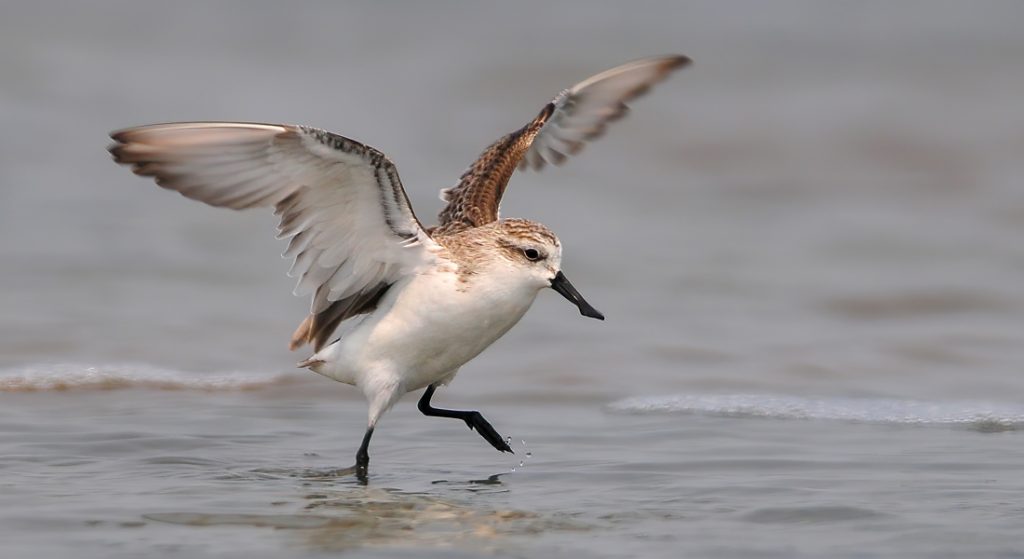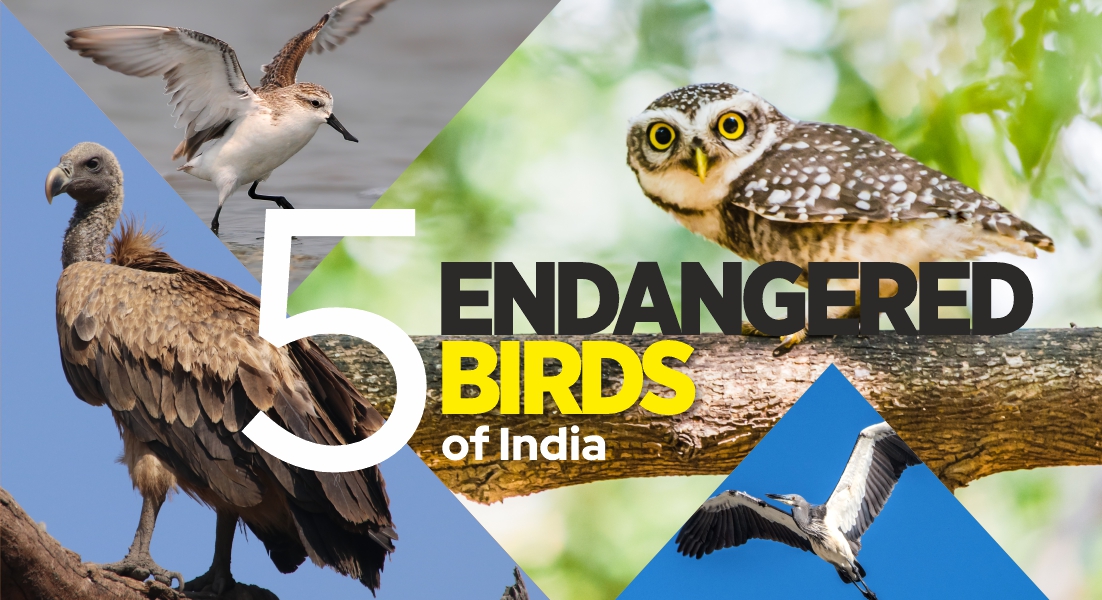
5 Endangered Birds Of India
India is blessed with a rich diversity of wildlife, including a vast array of birdlife. However, many of these bird species are facing the grave threat of extinction. The dwindling population of these winged creatures is attributed to many factors, such as poaching, climate change, habitat loss, etc. Listed below are some of the critically endangered species of birds in India.
Great Indian Bustard: It is a terrestrial bird that was once found in the grasslands of the country. However, due to habitat loss, hunting, and accidental deaths, the species is now on the brink of extinction. At present, the total population of the Great Indian Bustard is estimated to be around 150 individuals. The government of India has launched various conservation initiatives to save this beautiful bird. This includes establishing a captive breeding programme and protecting its habitat.
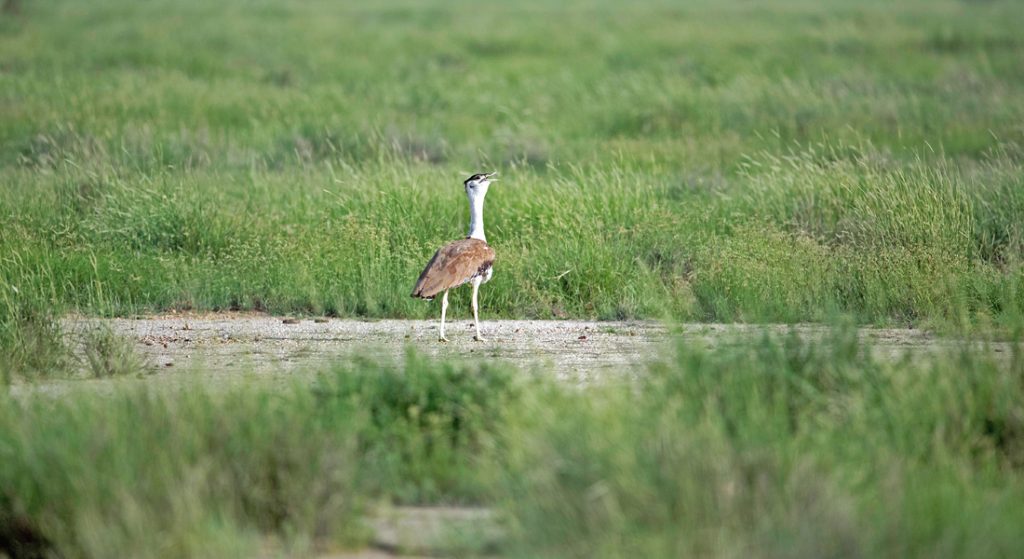
Jerdon’s Courser: It is a small, nocturnal bird found only in a few areas of the southern part of Andhra Pradesh. It was to be declared extinct, but it reappeared and is now listed as a critically endangered species. Mainly seen in the Godavari valley, less than 50 individuals remain now. Habitat loss, fragmentation, and hunting are the main reasons for this bird’s dwindling numbers. The government of India, along with local conservation groups, is taking initiatives to protect the birds’ habitat and create awareness among local communities.
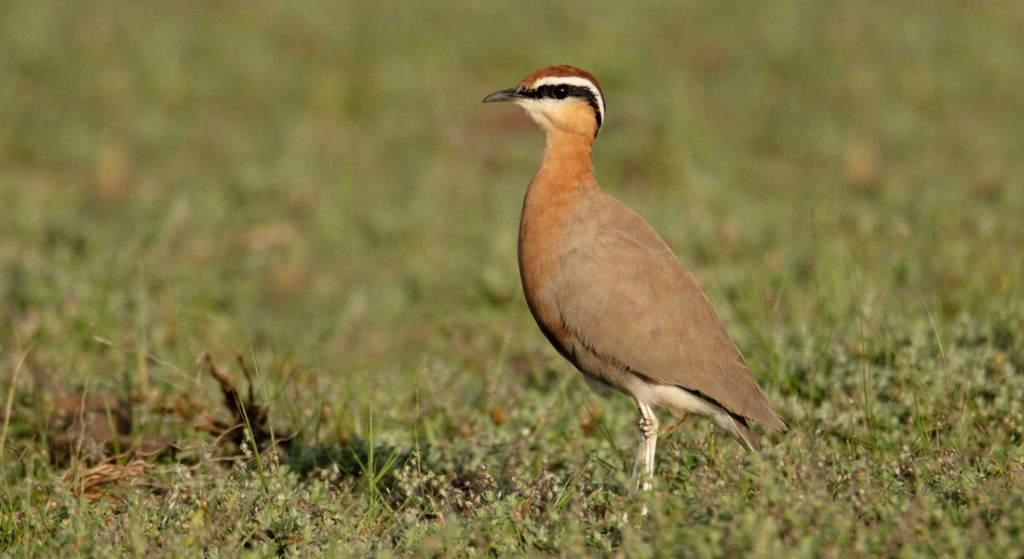
Forest Owlet: It is a small and elusive owl that is found only in some parts of Central India. The birds’ numbers are going down because of habitat loss, hunting, illegal pet use, deforestation, and so on. The total population of these lovely nocturnes is believed to be less than 250. The government of India has undertaken initiatives to conserve its habitat and taken steps to control the illegal trade of this bird.
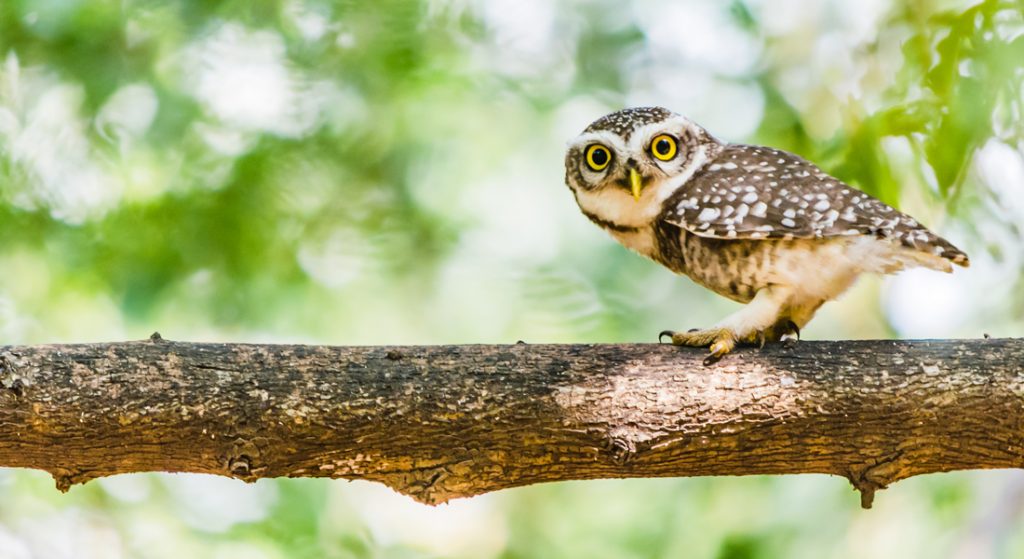
White-rumped Vulture: It is a large bird of prey that was present all over India, with numbers in the millions. However, due to the widespread use of the veterinary drug Diclofenac, which is toxic to these vultures, their numbers have plummeted by over 99% in the last few decades! Now they are on the endangered species list with less than 10,000 remaining. The government of India has banned Diclofenac and is working with conservation groups to resurrect the population.
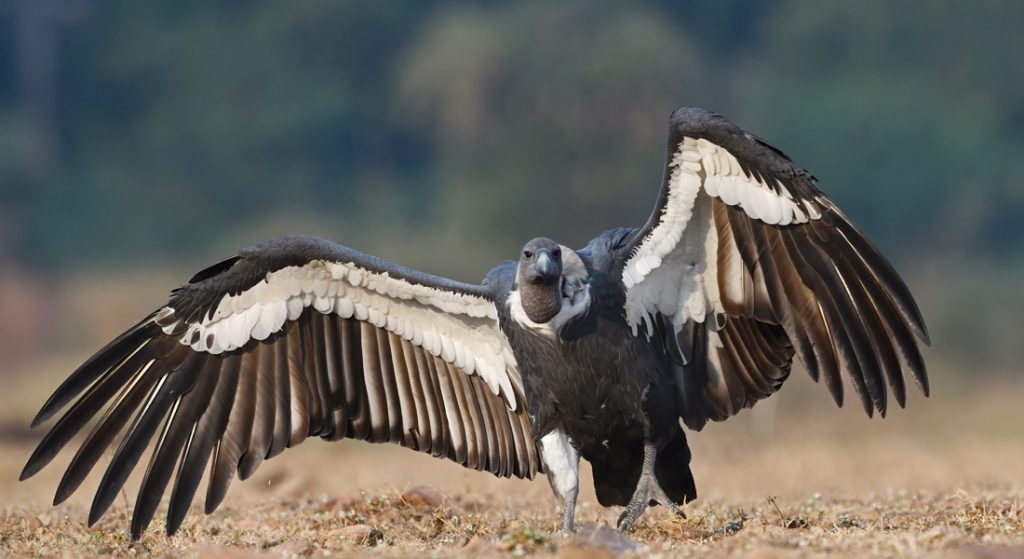
Indian Vulture: The Indian Vulture too has suffered a drastic loss in numbers in the last few decades. The Indian vulture, like the white-rumped vulture, has succumbed to the veterinary drug Diclofenac. The drug’s toxic effect is beyond the control of the vulture’s body mechanisms, and their population fell drastically in the last couple of decades. The government of India has set up captive breeding programmes and has banned the above-mentioned drug in an effort to revive the Indian Vultures’ numbers.
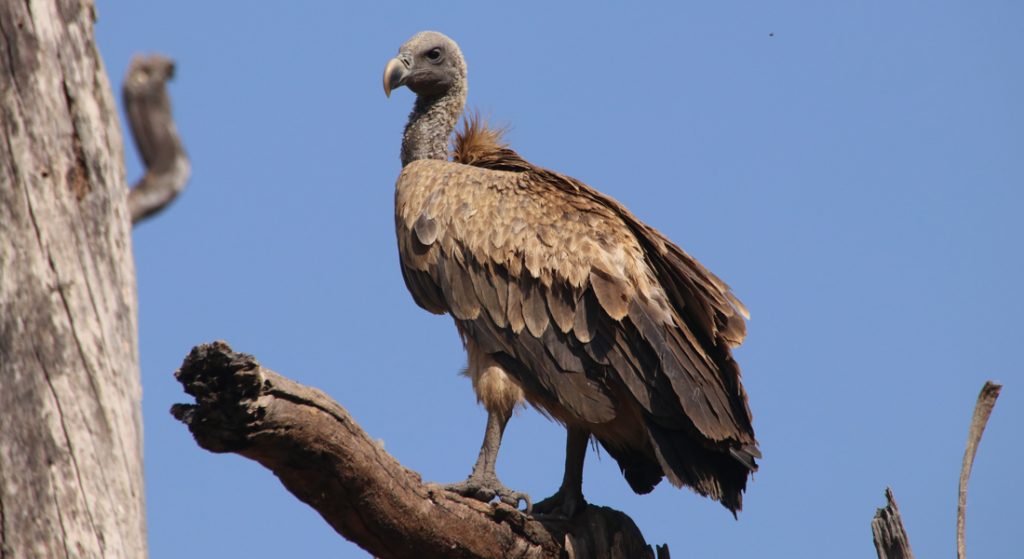
White-Bellied Heron: Found only in Bhutan, some parts of northeast India, and Myanmar, this large bird has made its way to the list of critically endangered species. Its numbers are going down fast because of habitat loss, hunting, and disturbance at its breeding grounds. It is estimated that less than 250 individuals remain now.
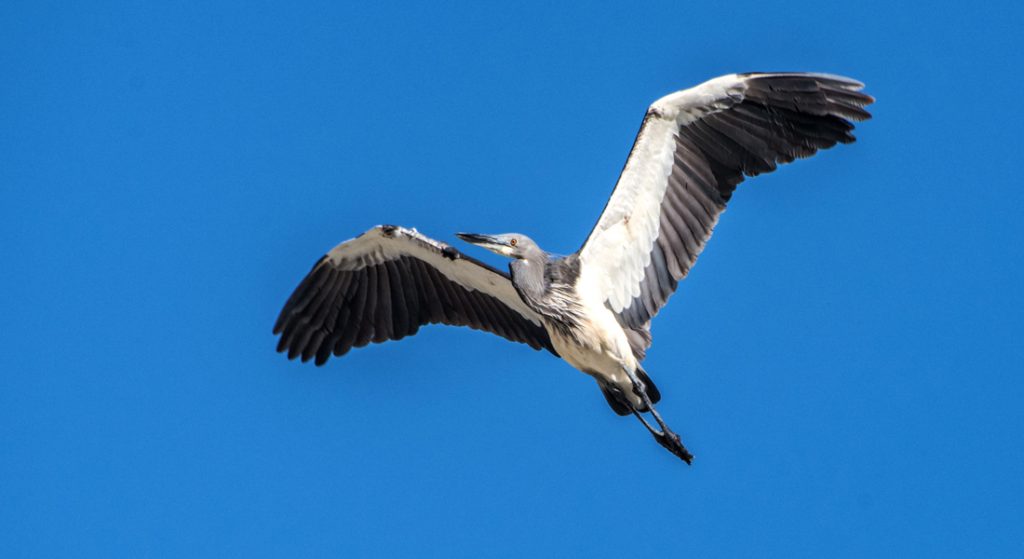
Spoon-billed Sandpiper: Found in the eastern part of India, southern Russia, and Southeast Asia, this bird wades more than flies. Hence it is called a wading bird, and its numbers are threatened for the same reasons mentioned in the case of the above-mentioned birds. Across the large area where it is found, only 500 individuals are believed to be alive.
